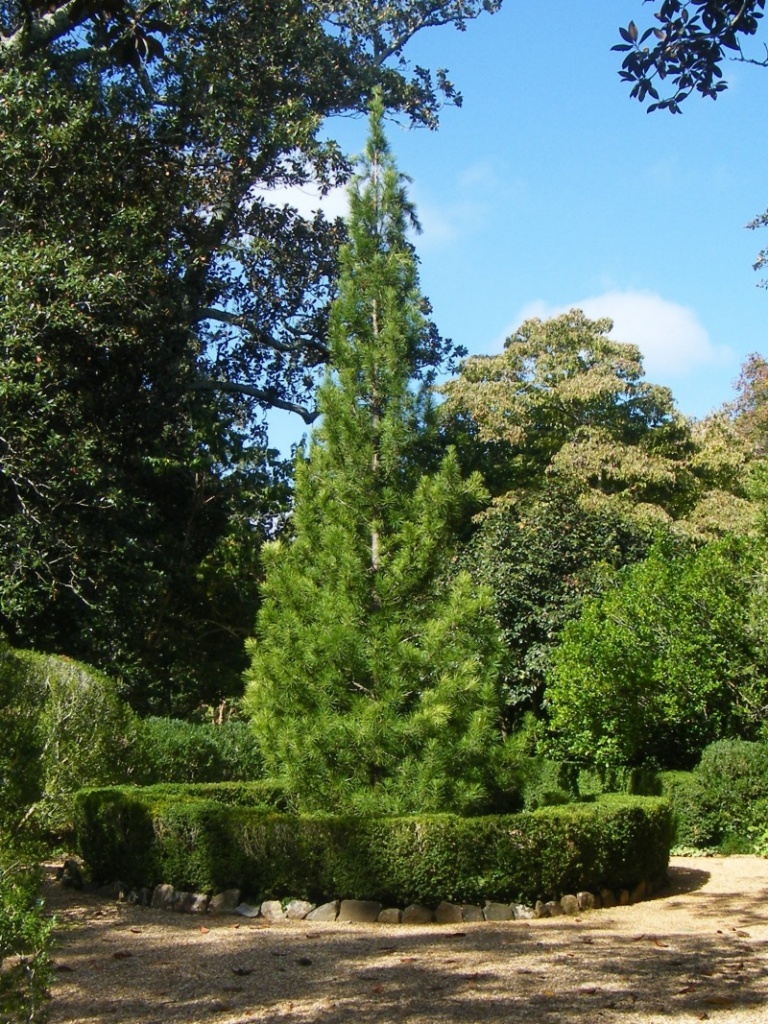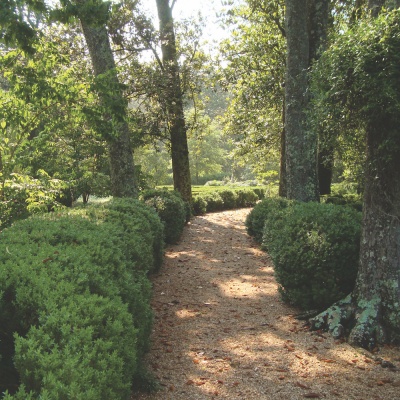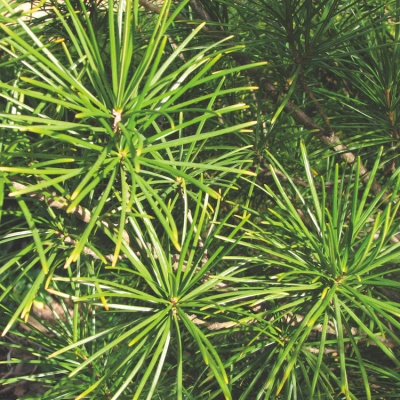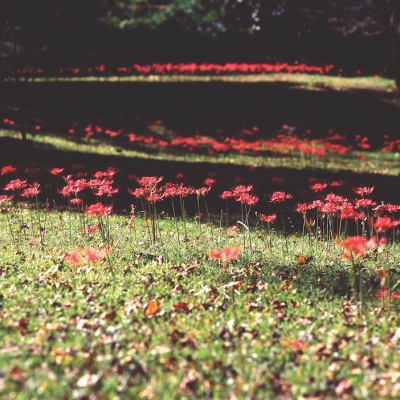The Best Fertilizer

Questions, we get questions! That gratifying fact gave us the impetus to compile some bit of horticultural wisdom gleaned through the years. Much of this may just seem like common sense—and it is—but that’s the way wisdom learned from trial and error usually gets summed up. So novice or intermediate gardeners, save yourself some grief and adopt these tricks of the trade.
Fall Planting
As opposed to spring planting of shrubs, trees and many perennials. This piece of advice is for southern gardeners. Granted, we too get spring fever and long to get outside after winter is over. Well, spring planting down here is just fine…for summer annuals, summer bulbs, sod, many vegetables and tender perennials, the latter being those that need a full summer’s growth and root development to make it through a normal winter here. Nevertheless, the majority of plants intended to live for years in the landscape benefit tremendously from being planted in fall.
So does that mean certain doom if they’re planted any other time? Of course not, but it definitely gives them a better head start. As for why, consider this: given the choice of normal winters or summers in Georgia, which are the hardest on plants? Of course, it’s summer. For northern gardeners it is winter, but folks we live in the Deep South. Our winters are gloriously mild, and summers intensely hot. The soil rarely freezes hard and when it does it’s usually only for a few inches and of short duration. Planting shrubs, trees, and perennials in the fall means taking advantage of our climate and working with what it gives us instead of against it. They’ll have all of those months prior to summer’s stress to get better established as substantial root growth will have time to occur during those cooler months. Putting in those same plants in the spring means just the opposite—not much time for more roots to develop before the punishing heat begins. Fall planted items will still need more watering during their first summer than any other time, but there’s often no comparison between their needs or appearance to those installed in spring. Now that you’ve been armed with this awesome strategy (and right before autumn’s arrival at that), put it to the test and try it!
Putting Plants On Roller-skates
Not literally of course, but rather being willing to move things to a better spot if necessary. This isn’t referring to shifting one’s whole landscape, but to situations where a specimen shrub, tree, or perennial has been placed in a spot that later is deemed unsuitable. Perhaps it becomes obvious that it’s going to get too large for the site, or it’s in too much shade, or sun, and the list goes on. But there is a spot just over there that is likely… Oh, it happens to the best of us and in spite of careful consideration, research, etc. Anyone who sews has probably heard the old adage that “if you sew, you’re also going to rip”… meaning that you’ll inevitably stitch something wrong and have to rip out a seam now and again. Well, it follows that “if you plant, you’re also going to dig up and move.” Alice Callaway had a clever practice that was along these lines as well. She would frequently purchase more than one of a particular new plant and plant each in a different location in her garden. Within a couple of years, she would usually have a clear indication if there was a preference, and if possible, could then move the others. She relayed this practice with me when explaining the location of the Japanese umbrella pine, or Sciadopytis verticillata, that’s in the historic portion of the garden. Although Mrs. Callaway stated that she had originally bought at least two young trees and had placed them in separate locations on the property, only one lived on the fourth terrace. There wasn’t a dramatic difference in sun exposure, soil type nor any other readily apparent limiting factor between the sites. However, something mattered to the umbrella pines, thus validating Alice’s savvy tactic. Another facet of this method brings us to the next tip:
Bigger Isn’t Necessarily Better
As mentioned above, Mrs. Callaway purchased young trees for this installation. Naturally, smaller sized items are less dear than more mature
specimens are, so when it’s possible to use them there is a cost advantage. However, it’s not solely a matter of expense. Numerous research studies have confirmed that smaller trees often catch up rather quickly to much larger ones planted at the same time and actually outperform them in the end. The same has been determined for many woody shrubs also. Now obviously, the temptation of using larger material has always been achieving that “instantly mature” effect, versus waiting for things to grow. But if we’re speaking in terms of relatively few years, plus a performance and health advantage too, it begins to make spending money on solely initial appearance a dubious choice. Considering all of this, it isn’t surprising that Alice took a somewhat dim view of the trend towards using older, larger plants in new landscape installations. She loved to start small—even with a seed or a cutting if time and aesthetics allowed— and then nurture the new growing thing through its infancy, adolescence and into maturity. That is a mark of a true, passionate gardener no doubt, and is not always an option for everyone or every case to be sure. Just know that “instant topiary,” as she gently mocked it, has a down side.
Dig Wide Holes and Don’t Plant Too Deeply
Okay, two tips are getting rolled into one here, but they are related. The first one is without exception to the best of our knowledge, as plants typically thrive and take off when given a wide hole (2-3 times the root ball’s diameter) with backfill soil that is broken up well and free of clods. However, holes don’t have to be dug that deeply. The general planting rule is to put them in only as deep as they are already growing in the pot, so by digging much beyond that there’s a greater risk that the plant will end up too deep in the ground. This is particularly true for woody shrubs and trees. In fact, the most common mistake made when planting trees is putting them in too deeply. So don’t. Having said that, there are a few exceptions, but most are herbaceous annuals—tomatoes, marigolds, and peppers are a few that come to mind that actually benefit from being deeply planted. But not trees and shrubs!
Water and Fertilize
Like exercise, just do it. Upon seeing an amazing transformation in the appearance of some plants, a gardener friend once quipped that, “It’s amazing what a little water and fertilizer can do!” She knew she was making a humorous understatement, and it’s one that we repeat often and usually with a grin. How much of either? Well the answer depends on the situation, but think of newly planted items, many annuals and most containers like infants, needing more frequent food and water. Established woody plants are more self-sufficient and after 2-3 years in the ground can typically live without a lot of extra applications of either. That is not to be translated as “needing no care.” Lovely gardens and landscapes are cared for, plain and simple. There are high and lower maintenance options, but not a no maintenance one that will look appealing. Which brings us lastly to that tantalizing hint suggested in the title, but the finest fertilizer won’t be found on a shelf. It’s more of a pithy observation credited to a Chinese proverb: “The best fertilizer is the gardener’s shadow.”
-JP
Save
View this entire Portico Newsletter:


